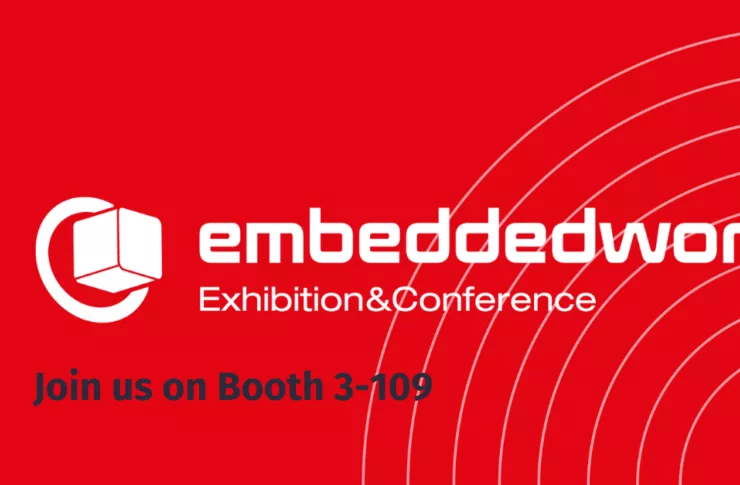Will AntennaWare's BodyWave™ antennas disrupt the Broadcast industry by democratizing audio content acquisition? We believe so...
With a career spanning over 25 years in the audio industry, AntennaWare's Jonny McClintock is no stranger to disruption in the professional audio and broadcast industries, and now he is confident that the AntennaWare's BodyWave™ antenna technology can disrupt the Broadcast industry by democratizing audio content acquisition.
Promising to democratize an industry the size and scope of the broadcast industry certainly sounds like a bold claim for an antenna company to make. However, we are confident that with the technology developed at AntennaWare, that, this is the direction of travel. Let me explain…
The binary choice between cost and reliability/quality
Traditionally the high-end market for audio content acquisition for Broadcasters has been the domain of expensive products. Pretty much everyone involved in content acquisition would agree on that point. In part this is due to the complex requirements around quality, latency and robustness that require bespoke designs for the front-end RF, meaning manufacturers have been unable to prevail of any of the more cost-effective solutions, creating a binary choice between cost and reliability/quality.
The BodyWave™ difference
AntennaWare’s BodyWave range of antennas, which span across frequencies including Bluetooth (2.4GHz), UWB (Channel 5/6.5GHz and Channel 9/8GHz), and DECT (1.9GHz), are designed specifically to address two of the key causes of dropouts commonly experienced by wireless devices worn close to or on the body (or indeed, any challenging communication environment) – the twin issues of body blocking and detuning.
When traditional antennas are used in wireless devices, the radio waves produced are reflected or absorbed by the human body, resulting in dropouts. However, BodyWave antennas generate waves that flow efficiently around the body and support a communication link where others fail. The result is up to 20dB (normally between 10-20dB) increase in NLoS link budget when compared to other commercially available antennas.
But what does 20dB increase in link budget mean for the broadcast industry?
Essentially this means that for the first time, wireless wearable devices commonly used in the broadcast industry for content acquisition will be able to achieve sub 5ms latency while delivering a robust signal for Non-Line of Sight applications based on competitive BOMs, and whilst also achieving the technical performance normally associated with more expensive products. Therefore, removing the binary choice between cost and reliability/quality previously faced by manufacturers and users alike, disrupting the status quo and democratizing audio content acquisition within the industry.
The early adopters
The product lines currently blazing a trail and likely to be the first on the market to take advantage of the opportunity created by BodyWave antennas are unsurprisingly the products most compromised by the effects of body blocking and detuning – namely bodyworn digital wireless microphones and in ear monitors for content acquisition, monitoring and direction. Both product lines operate in live broadcast environments and are therefore intolerant to quality or reliability challenges however, their placement in relation to the body makes them particularly vulnerable to dropouts caused by body blocking and detuning.
Experience BodyWave at IBC 2024
Once again I'll be returning to Amsterdam with the AntennaWare technical team who will be on hand to demonstrate the gains from integrating the BodyWave antenna into product design.
We'll be demonstrating the latest applications of the technology plus launching a new antenna at the show - details of which are still currently under wraps, but for anyone interested in wireless communications in the broadcast industry, I'd urge you to prebook a slot with the team. We will be located on Stand 8.B77f September 13th-16th 2024.






